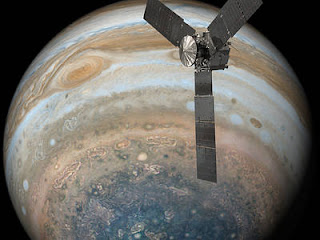Matter
Matter
In classical physics and general chemistry, matter is any substance that has mass and takes up space by having volume.
Matter is everything around you. Atoms and compounds are all made of very small parts of matter. Those atoms go on to build the things you see and touch every day. Matter is defined as anything that has mass and takes up space (it has volume).
Everything around us is made of matter. Matter is any thing that is made from atoms and molecules. The seven states of matter that I am investigating are Solids, Liquids, Gases, Ionized Plasma, Quark-Gluon Plasma, Bose-Einstein Condensate and Fermionic Condensate.
All matter is made up of atoms, which are in turn made up of protons, neutrons and electrons. Atoms come together to form molecules, which are the building blocks for all types of matter, according to Washington State University.
What's hotter than plasma? At temperatures between 7 trillion and 10 trillion degrees Fahrenheit (4 trillion and 6 trillion degrees Celsius), this “quark-gluon plasma” is the hottest thing ever created on Earth, and is about 100,000 times hotter than the center of the sun.
The bottom line is that a flame only becomes a plasma if it gets hot enough. Flames at lower temperatures do not contain enough ionization to become a plasma. On the other hand, a higher-temperature flame does indeed contain enough freed electrons and ions to act as a plasma. A flame is not a plasma.
Aerogels are the lightest solids and have a density of 1.9 mg per cm3 or 1.9 kg/m3 (526.3 times lighter than water).
Why do we need to study matter?
It is important because we are actually made of matter and so is everything in the universe.




Comments
Post a Comment